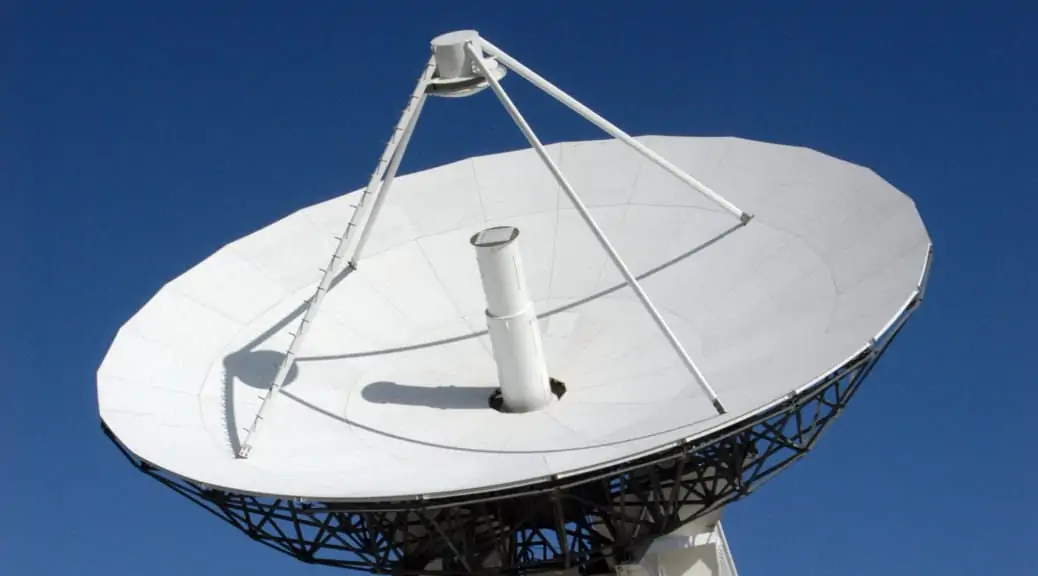Given the rising tensions between Iran and Saudi Arabia since the beginning of the twenty-first century, reaching new heights in early 2016 with the beheading of a Shi’a Cleric by Saudi political authorities, which generated violences on Saudi diplomatic representations notably in Iran, in turn leading to the Saudi decision to break diplomatic relations with Iran (e.g. BBC News, 4 Jan 2016), understanding the new dynamics existing between Iran and China is even more important, as they may carry new weight, usually not considered as far as the Middle East is concerned. On 4 March 2013, an Iranian military fleet, which had left the Iranian port of Bandar Abbas, docked at the Chinese port of Zhangjiagang, after a forty days journey (“Thread: Iran 24th fleet heading …
Continue reading “Iran, China and the New Silk Road”











